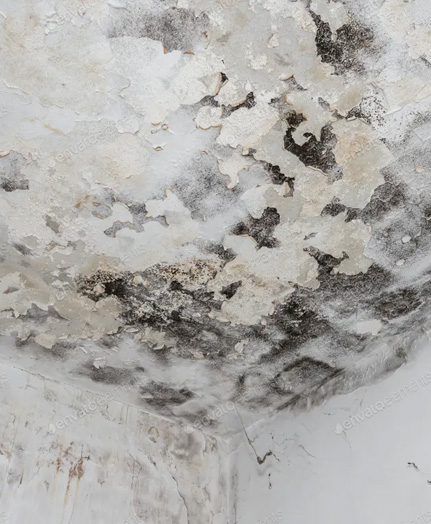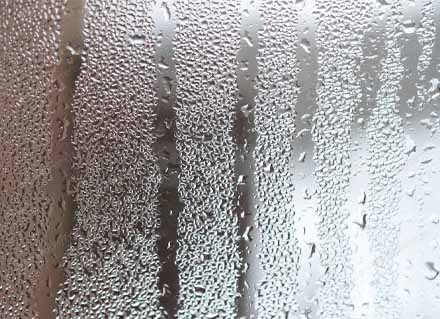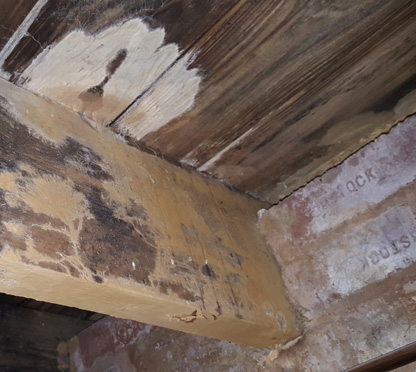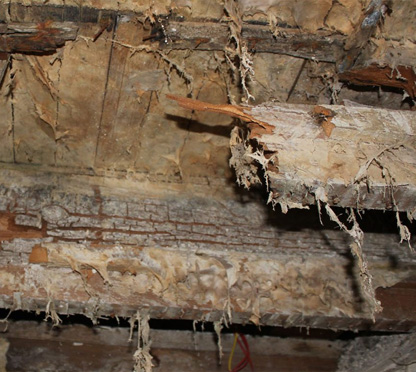Engineers with the knowledge and expertise to solve your damp issues
Local, Qualified, Damp Proofing Professionals With 68 years of knowledge and experience, Crown Preservation have experts in your local area are on hand to deliver a professional damp survey and a course of effective, specialist damp proofing treatments throughout your area. Our local surveyors are experienced and qualified. We will provide you with a detailed report on the damp problem, with treatment recommendations where necessary. All our treatments come guaranteed for extra piece of mind. See below for types of damp we can tackle.


Detailed reports for defects and where necessary, a full specification and premedial work program.
External examinations to identify potential complications to guttering, water runoff and even damaged brickwork & roofing.
Damp proofing can preserve the quality of a structure while keeping the inside dry.


If you’re looking for a permanent solution to stop condensation in your home, then investing in some insulation and ventilation would be the most likely cure.
We use range of methods to deal with the cause of condensation and treat any lasting effects condensation can lead to such as black mould. Our methods include installation of passive vents that assist moist air in escaping without causing a draught and whole-house positive-pressure systems that utilise warm air from the roof void and cause air to move out of the building, removing the moisture laden air. We also have methods to remove the mould growth and can provide a paint to prevent the regrowth of mould.
1. Washing machines
Make sure washing machines and tumble dryers are properly ventilated, because they produce lots of condensation.
2. Drying clothes
Try to dry clothes outdoors or keep them in a bathroom with the windows open, until the clothes are fully dry.
3. Close the door
Keep the door closed when cooking, boiling the kettle, or taking a shower.
4. Cooking
To reduce moisture being created as water boils use lids on pans when cooking.
5. Extractor fans
Use extractor fans when boiling water or taking showers.
6. Position plants carefully
Place house plants close to windows to ventilate, otherwise they can cause condensation which lingers in the house.
7. Wardrobes
Make sure that wardrobes and cupboards are not overfilled. This can cause mould when condensation is present, as air cannot circulate inside.
8. Precautions
Double glazing, loft insulation and draft proofing will all raise the temperature of the house. This means surfaces are not as cold and are less likely to create condensation when in contact with warm air.
9. Windows
Open windows regularly to improve ventilation.
Our qualified specialist timber surveyors will diagnosis and cure of dry rot.
By booking us to repair and treat your rotten wood we will prevent the spread and damage caused by either wet rot or dry rot ultimately protecting your home from structural damage. Our team will explain and identify the different types of rot and explain the different methods we can provide to treat your rotted wood. If you think you may have identified either type of fungus in your home or are looking for some expert help and advice to treat wood-destroying fungus, contact our timber repair and replacement specialist team today.


Moisture, timber and temperatures below 40 degrees. There are many types of fungi that cause wet rot and most have the same effect on your timber. If left unchecked, wet rot can have a considerable impact on your property and potentially cause irreparable damage to its structure.
Wet rot feeds off the wet timber causing damge to plaster, carpets and wallpaper. Sometimes harmfull spores are released and breed enabling the spread or rot in your home.
After identifying you have wet rot, we will need to find the source. Many areas of the home can be affected by moisture from washing machines or a bath. If the moisture source is not easily found, then water could be seeping in from underground. In these cases, our expert wet rot engineers will offer a survey.